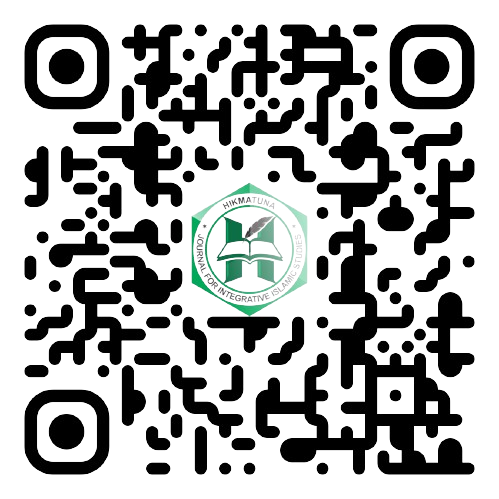Religious Commodification through Hadis of Siwak and its Halal Branding: Unity of Sciences Perspective
DOI:
https://doi.org/10.28918/hikmatuna.v8i2.6297Keywords:
Religious Commodification, Siwak, Halal Branding, Unity of SciencesAbstract
This research is motivated by the idea that commodification is a process of changing the value of a product which previously only had a use value and then becomes an exchange value where the demand for the product is determined by the price, designed by the manufacturer. The formulation of the research problem is how to commodify the religion of siwak products through halal labels and how to analyze media and advertisements related to the religious commodification of siwak products. The research method is library
research. The results showed that currently siwak has turned into toothpaste. Toothpaste has become one of the people's daily needs. The habit of brushing teeth has existed since ancient times and people prefer to use siwak wood. Currently there are several toothpaste products that offer halal products, which contain the siwak content taught by the Prophet Muhammad and have a halal certificate from Indonesian Ulama Council. From the realm of media, technological, media and economic developments play an important role in the
religious commodification. This is also one way of advertising by playing with the psychology of viewers by choosing halal products, it will show high faith.
Downloads
Published
How to Cite
Issue
Section
License
Copyright (c) 2022 Hikmatuna : Journal for Integrative Islamic Studies

This work is licensed under a Creative Commons Attribution-ShareAlike 4.0 International License.
















